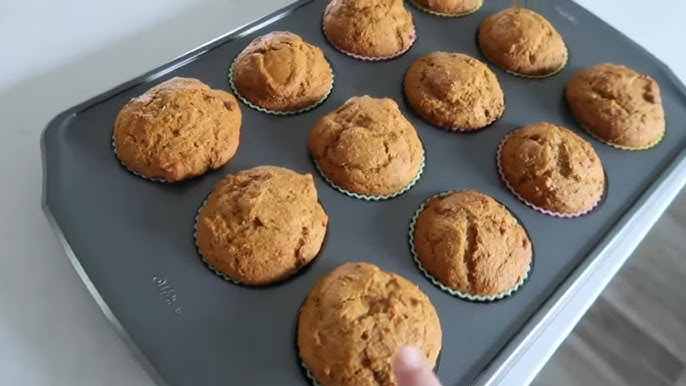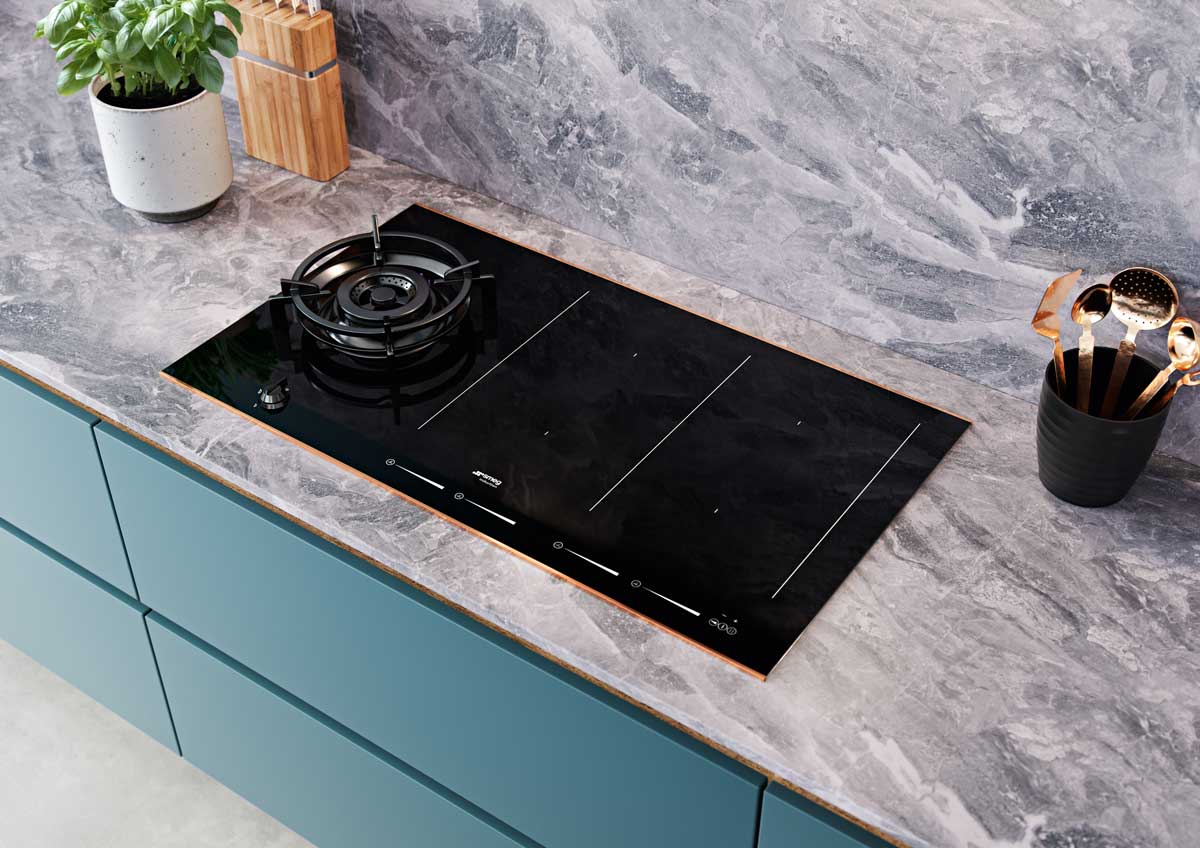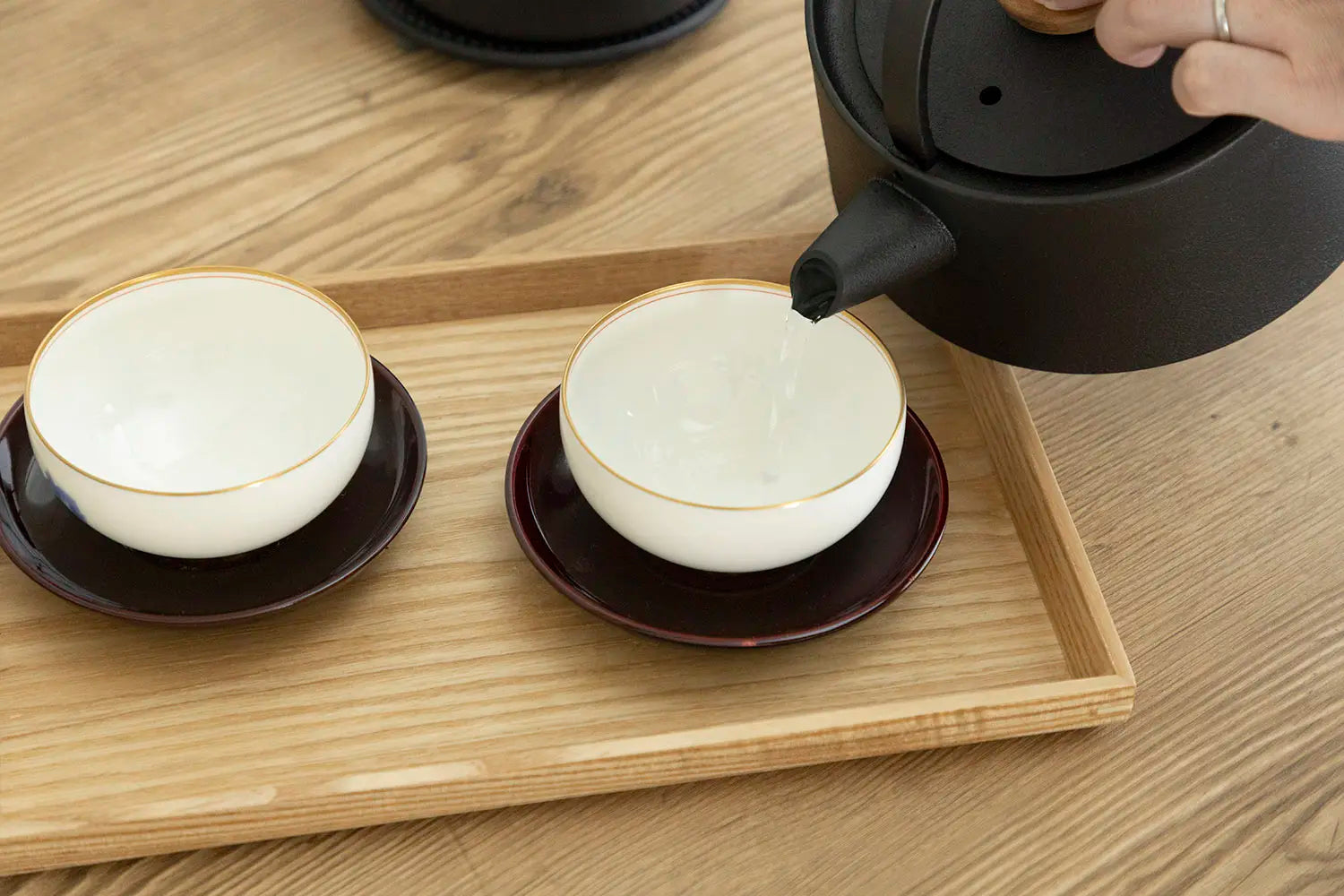For kitchen professionals, the allure of thrift store cast iron bakeware is undeniable. Not only does it promise culinary excellence, but it also offers a chance to own a piece of history. This guide will provide you with essential tips to navigate the world of thrift store finds and elevate your kitchen game.

Why Choose Thrift Store Cast Iron?
Cast iron bakeware is renowned for its durability and superior heat retention, making it a staple in professional kitchens. However, new cast iron can be costly. Thrift stores present a budget-friendly alternative, often offering vintage pieces that have stood the test of time. These items not only add character to your kitchen but can also outperform their modern counterparts.
When you find a piece of cast iron cookware at a thrift store, you're not just buying a pan; you're acquiring a tool with potential stories and a unique history. The charm of vintage cast iron, with its intricate designs and seasoned surfaces, is something that modern pieces can't replicate.
Identifying Quality Cast Iron
Not all cast iron is created equal. When scouring thrift stores, it's crucial to identify pieces that are worth your investment. Here are some tips:
Check for Cracks and Warping
Examine each piece closely for cracks or warping. A cracked pan can be unsafe, and a warped base can lead to uneven cooking. While minor surface rust can be restored, structural damage cannot be easily fixed.
Look for Brand Markings
Renowned brands like Griswold and Wagner are highly sought after by collectors and chefs alike. Their pieces are often marked on the bottom and are known for their high quality and craftsmanship. For more information on vintage cast iron brands, visit our blog.
Restoring Thrift Store Finds
Once you've secured your thrift store treasure, the next step is restoration. Many pieces will need a bit of TLC to bring them back to their former glory.
Removing Rust
Surface rust is common in thrift store finds. To remove it, use a mixture of equal parts vinegar and water. Soak the cookware for 1-2 hours, then scrub with a stiff brush. For more detailed instructions, check out our re-seasoning guide.
Re-seasoning the Surface
Seasoning is what gives cast iron its non-stick properties. After cleaning, dry the piece thoroughly, then apply a thin layer of oil. Bake it in the oven at 350F for an hour, allowing the oil to polymerize and form a protective layer.
Caring for Your Cast Iron
Proper care is essential to maintain the functionality and longevity of your cast iron bakeware.
Cleaning After Use
After each use, clean your cast iron with warm water and a brush. Avoid soap, as it can strip the seasoning. If food is stuck, a sprinkle of coarse salt and a paper towel can help to scrub it off. For more tips on cleaning, read our article on safe cast iron practices.
Storage Tips
Store your cast iron in a dry place to prevent rust. If stacking, place a paper towel between pieces to absorb moisture. Regularly check for signs of rust and address them promptly.
Exploring Recipes with Cast Iron
With your restored and seasoned cast iron, you can explore a myriad of recipes. From savory dishes to sweet treats, the possibilities are endless. For some inspiration, you might want to explore these muffin tin recipes that showcase the versatility of cast iron bakeware.
Conclusion
Thrift store cast iron bakeware can be a valuable addition to any kitchen professional's arsenal. By following these tips, you can find, restore, and maintain pieces that will serve you well for years to come. The charm and functionality of vintage cast iron are unparalleled, offering both a connection to the past and a tool for creating future culinary masterpieces.

FAQ Section
What should I avoid when buying thrift store cast iron?
Avoid pieces with cracks or significant warping, as these defects can compromise the cookware's safety and performance.
How can I tell if a cast iron piece is vintage?
Look for brand markings on the bottom of the pan. Brands like Griswold and Wagner are indicators of vintage quality.
Is it safe to use rusty cast iron?
Yes, surface rust can be removed, and the cookware can be re-seasoned. However, avoid using pieces with structural damage.
This article contains affiliate links. We may earn a commission at no extra cost to you.






Leave a comment
This site is protected by hCaptcha and the hCaptcha Privacy Policy and Terms of Service apply.